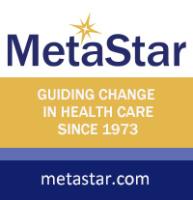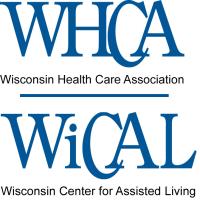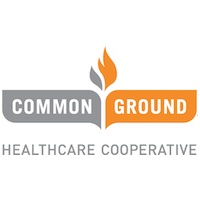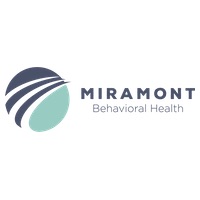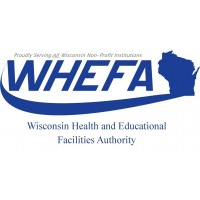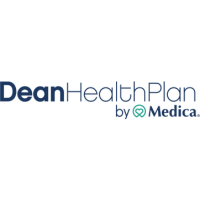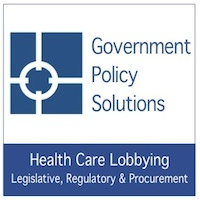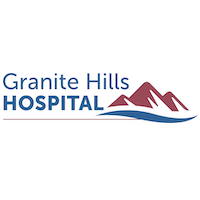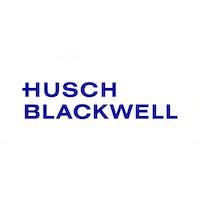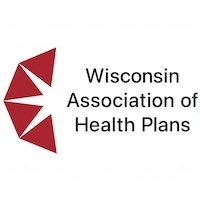
Aspirus Health CEO weighs in on HSHS closures, St. Luke’s Duluth deal
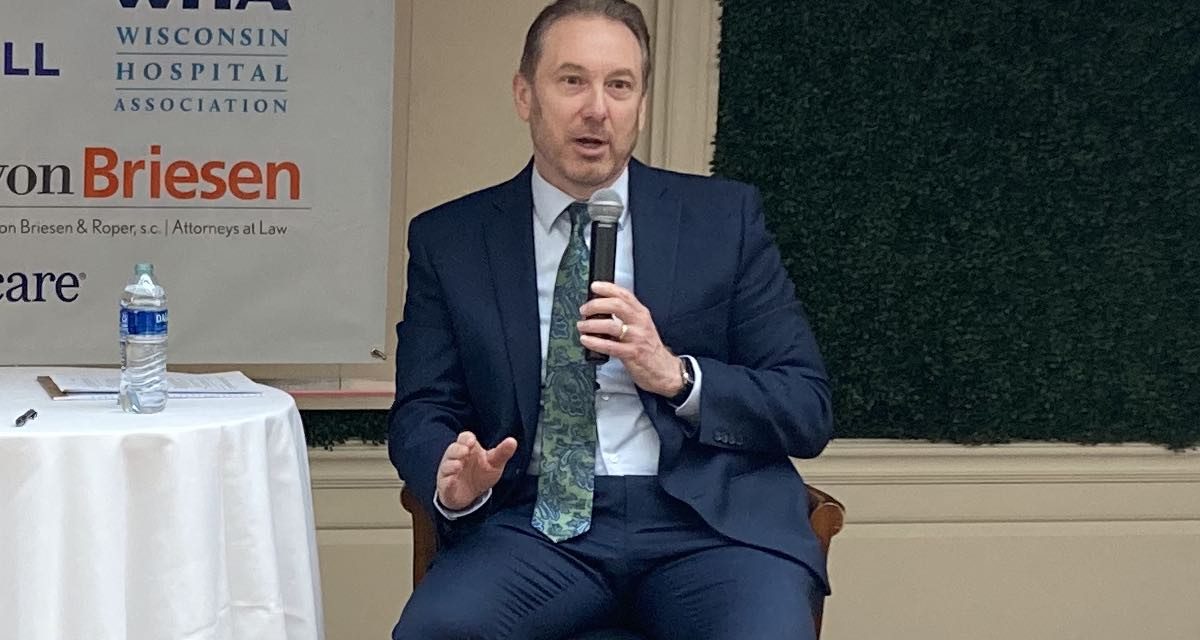
Aspirus Health CEO weighs in on HSHS closures, St. Luke’s Duluth deal
Aspirus Health is seeing an uptick in patients due to western Wisconsin healthcare facility closures, and its recent expansion into Minnesota with its affiliation with St. Luke’s Duluth will help meet demand, CEO Matt Heywood said at a Wisconsin Health News event Thursday.
Edited excerpts are below.
WHN: How have the closures of Hospital Sisters Health System’s two western Wisconsin hospitals impacted Aspirus?
Heywood: I wouldn’t speak for HSHS. But I would say that no provider just shuts down hospitals and clinics without doing everything they can to ensure that there is a way to keep them open on their end or to find somebody who’s interested in wanting to do it. It has to be a confidential process. It’s not something you share. But then the community should understand that it’s not a surprise when it happens. There can’t be a public forum about that issue. You lose your staff. You lose your doctors. So I do believe they tried. I do believe the fact that they were unable to do it themselves and that others could not find a way to make it work means it had gotten so bad that it was not viable. So then the repercussions are that it’s now shutting down. I believe that people who believe they’re going to reinflate it don’t understand healthcare and … the problem that was there to begin with, which means you aren’t going to help solve those underlying issues.
Aspirus was aware of it. One has to make sure, as we call it, the core organization survives and thrives. We need to know when to do things and when to walk away from them. And we need to know how to do them, so we keep our balance sheet and income statement strong and we are a successful company … At the end of the day, we decided there is only so much you could catch with a falling knife before you hurt your organization.
So how do you go in and help the market? The whole eastern side of Chippewa and the northern part of that market, we are servicing through St. Luke’s and we’re servicing through the western parts of our organization. We’ve seen a huge uptick in our clinics, our Stanley hospital and our Medford hospital, who are caring for those patients on that eastern side. Over time, we might migrate a little bit into that market in some way, shape or form in a controlled manner.
WHN: Are these closures a sign of things to come or are they isolated?
Heywood: I think inflation is going to stick at a higher level than people believe. I bet on 3 to 4 percent minimum for a while. I didn’t think they were going to cut fed rates. In our business, you have to play a little bit of being a futurist and you’ve got to always not listen to what everybody says.
So I believe that’s going to happen. And if that happens, it’s going to create challenges for those companies and those systems that did not have good financials to begin with and did not have good balance sheets to begin with. They can only lose money so long.
WHN: How did payer mix factor into these closures?
Heywood: Payer mix has declined. It’s declining more in the older states like ours. It’s declining more in rural America. So that cross-subsidization model is collapsing. You then throw on our (pre-authorization and) our denial rate increases … you’re burning a lot of energy and cost to try to get paid out of your commercial side.
And now Medicare Advantage has moved to 60 percent of our payers … We actually think Medicare is a better payer than Medicare Advantage. Because Medicare Advantage is taking three cents and they’re creating so much work to get that 97 cents on the dollar that we can now get $1 from the government a lot quicker. So those burdens are not just the commercial cross-subsidization starting to fail, it’s that the country has moved to heavy Medicare Advantage, and the Medicare Advantage is creating more burden to produce that revenue back.
And then you throw inflation on it. Our country loves — and I hate to say this, but I will — our country loves to solve the problem after the building’s burned down. And it’ll be interesting to see if we fix some of these issues before they burn down. But the burning down might be more systems having to shut hospitals down, and more people having to see it and live it and realize yes, hospitals can shut down.
WHN: Aspirus is now in Minnesota with its acquisition of St. Luke’s Duluth. Why did you pursue it?
Heywood: We felt we needed to be a super-regional healthcare system that had the ability and the redundancy to survive the stresses that life might give us. Frankly, that’s how we were able to survive COVID, the labor and the financial issues because we got ourselves enough scale and capability to do that. We have historically looked out at everything. We are already kind of integrated and saw that as what we wanted to do. We had St Luke’s on that plate. I’ve been talking to them for like nine years.
The reason is you want to build a redundancy in your super-regional structure with contiguous nature that gives you a tertiary backup to your tertiary and allows you to move patients around in the Northwoods in the system. For instance, if we want to move patients that need care, and we don’t have cardiac or stroke capacity, they can go right across the top of Michigan and the state of Wisconsin to Duluth. If we need them to come down because Duluth is overrun with patients, we can move them down. It helps us move our patients around, and we’re using our facilities a lot more to maximize the use of the cost and the capital we already have. So before we build out Wausau and add more beds, you have to ask yourself: Could you use Duluth more? Duluth can take that capacity and save yourself spending the money to build up Wausau even more.
WHN: Are you planning further expansion?
Heywood: We’re not growing for growth’s sake. I have to admit I have plans. I have to admit I had a napkin when I first started and I blew off that napkin after St. Luke’s. And now I got to create a new napkin of ideas and things that we’re interested in. But we do have a plan.








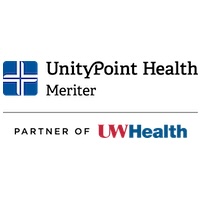

.jpg?bwg=1612548324)
